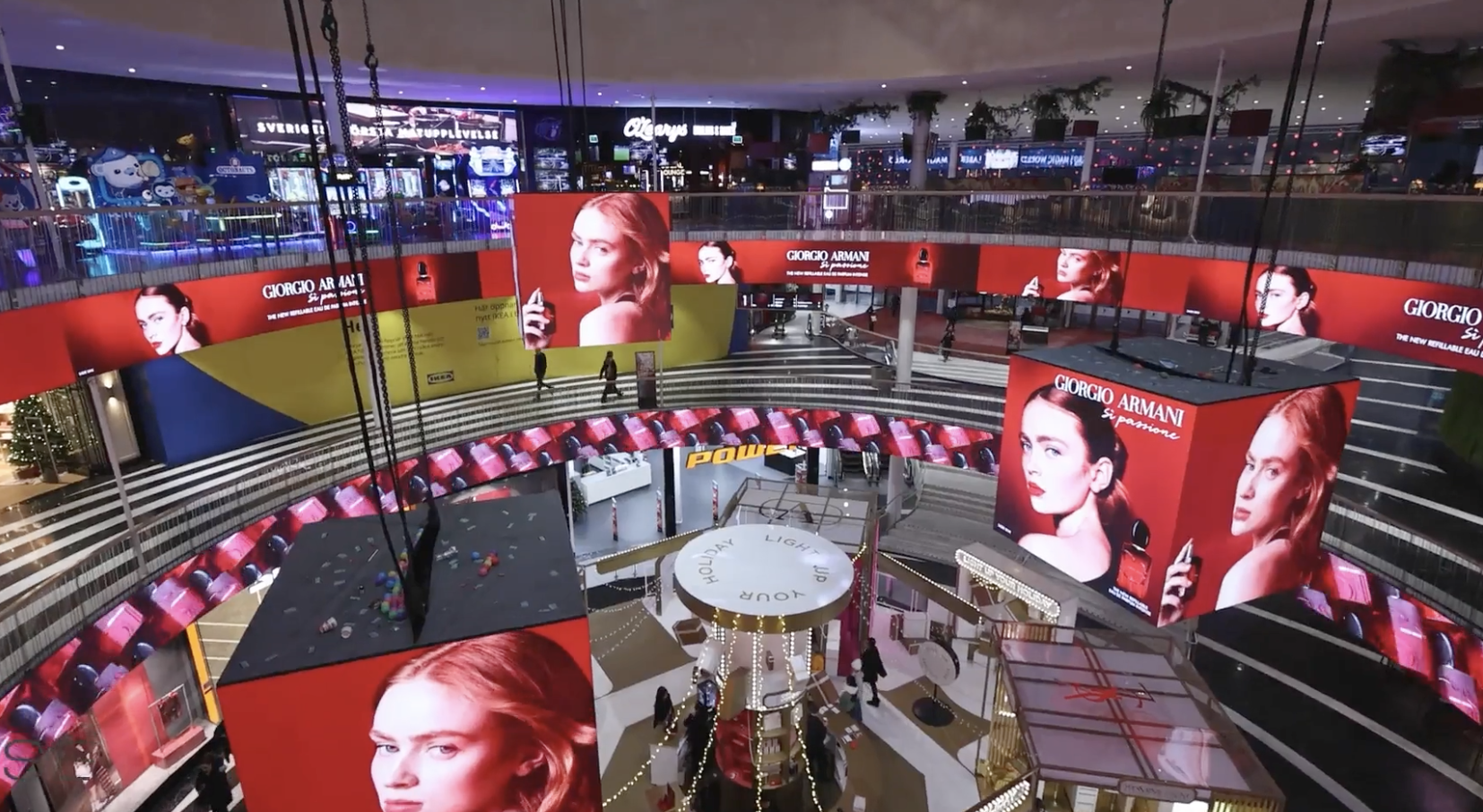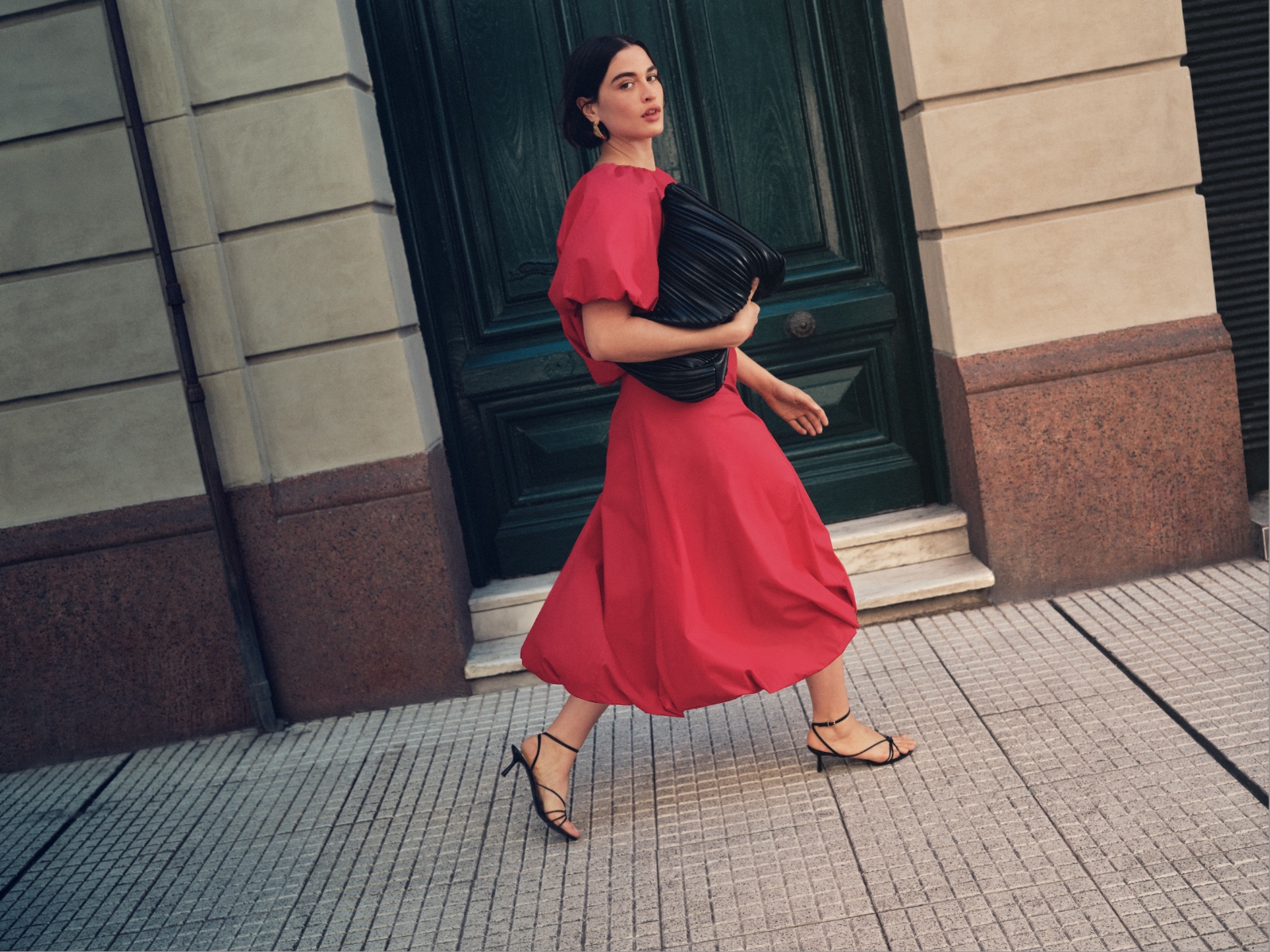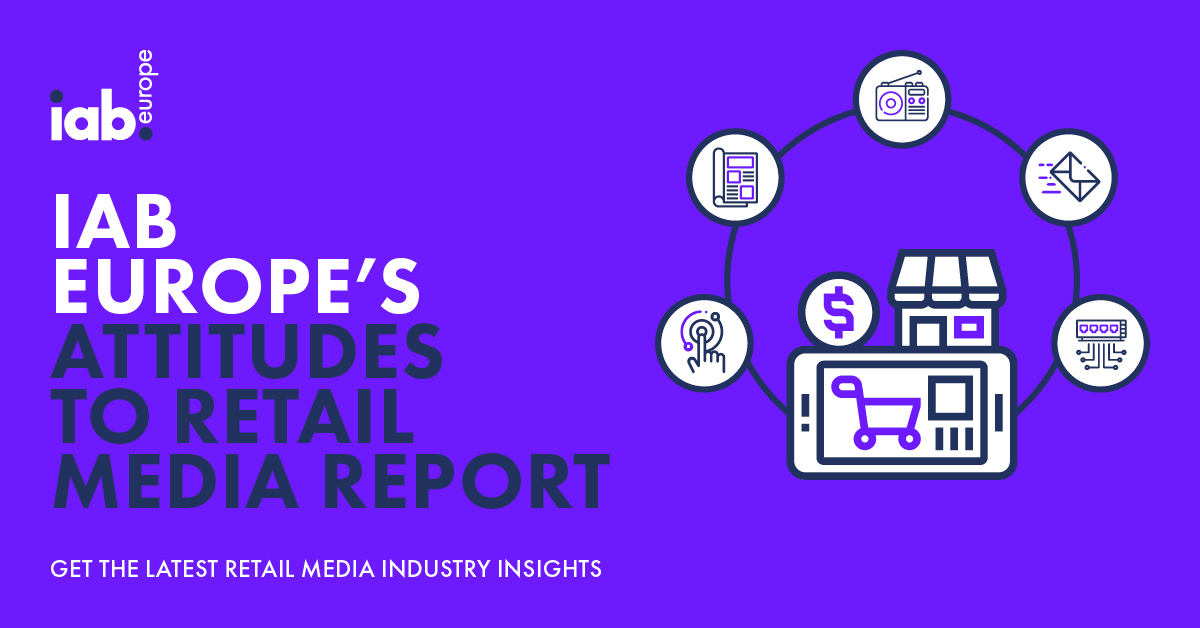Emma Herrod looks at some of the innovations around alternative reality and asks whether 2017 will be the year that virtual becomes a retail reality.
Following a year in which virtual reality headsets were given away free with mobile phones and sold as children’s toys by stationers, will 2017 be heralded as the virtual year? Maybe not in the UK, which still sees VR as an innovation for concept stores, catwalks and for engagement and marketing. New Look, for example, has become the latest UK retailer to work with augmented reality, utilising the technology in photo booths in two of its flagship stores, bringing more fun to the in-store experience and ensuring the brand is associated with pictures shared on social media by its young shopper demographic.
As with any new technology VR and AR will fly because customers like them, believes Nicola Millard, Futurologist at BT. “The best way forward is to put them in front of customers,” she says and as the technologies improve there will be some fanciful things that customers embrace. One advantage she sees with virtual reality is that it allows retailers to design a store or a layout and see how customers interact with it before it has even been built.
Shopping centre owner intu was experimenting with virtual reality before Christmas to assess shopper reaction to the technology. It also wanted to examine the impact of virtual leisure experiences on dwell time, customer loyalty and the shopping experience alongside other leisure activities in shopping centres such as a trip to the cinema or meals out.
During the pilot, Christmas shoppers at intu Victoria Centre in Nottingham were able to step from a winter log cabin in the shopping centre to a virtual reality winter wonderland where they could decorate a Christmas tree and share their creations with friends and family online.
“This kind of social and interactive experience could become as commonplace for shoppers as stopping for a coffee with friends. It is providing a real moment of surprise and delight for customers in Nottingham which is likely to increase dwell time in the centre over Christmas and propensity to revisit to the benefit of our retailers,” says Karen Harris, Managing Director of intu’s digital innovation team.
“Virtual reality and its uses within the modern world has attracted a huge amount of public interest so as part of intu’s digital strategy we wanted to test its benefits within a real shopping environment and learn from our findings,” she says.
Intu plans to roll out virtual reality across it 15 shopping centres during 2017. The UK retail industry will continue to experiment with VR in 2017 as a way to engage with shoppers rather than as a means to purchase. As Harris says, “Pureplay retailers are likely to test virtual stores using VR, however, it remains unclear whether volume digital sales can be generated via this very new channel. Multichannel retailers are likely to see VR more in terms of an in-store brand experience than a pure sales driver.”
In China, Alibaba and HTC have been demonstrating a Buy+ mobile virtual reality channel which allows shoppers to complete purchases via an app in a VR space. The companies have previously announced strategic partnerships relating to cloud services and VR, as well as video services.
When it comes to making the payment Alibaba’s VR Pay system allows the shopper to make the purchase in VR stores simply by nodding their head. “It is very boring to have to take off your goggles for payment,” says Lin Feng, who heads up the incubator F Lab at Alipay operator Ant Financial. He told Reuters that “with this technology you will never need to take out your phone”.
Commenting on its work with VR, Zhuoran Zhuang, Head of VR programs at Alibaba, says, “We are continuously exploring on the next generation of shopping experiences via innovative technology, and looking forward to deeper collaboration with our partners to deliver even more immersive commerce experiences.”
Chinese millennials would be happy to use virtual reality too: 59% would be interested in trying out clothing in VR, while 57% would be interested in exploring a travel destination, according to Lucie Greene, Director of JWT Innovation.
Milliard is not so convinced by technology which allows a shopper to virtually try on clothes. While accepting that there is lots of innovation being carried out around the transition of touch, Millard thinks that people still want to be able to feel items.
Innovation will continue to be driven from China believes Jamie Merrick, Head of Industry Insights at Salesforce Commerce Cloud: “As technologies like AR, VR and RFID start to take hold in mainstream use, these are going to be built into digital concept stores – tying online, mobile and in-store channels together and bringing customers one unified experience. This personalised approach will mean shoppers can find the product they want and from the home, to visualise how it will look or fit. As we’ve seen with Singles Day in China this year, the east is leading adoption of these technologies, complemented by a demographic keen to augment and virtualise their everyday experiences. In the months ahead we’re likely to see other countries in this region showcase best-in-class examples of bringing innovation to market in this space.”
It is looking likely then that the UK retail industry will continue to experiment with VR in 2017 as a way to engage with shoppers rather than as a means to purchase – but I’m happy to be proved wrong and will enjoy testing out any new services.





